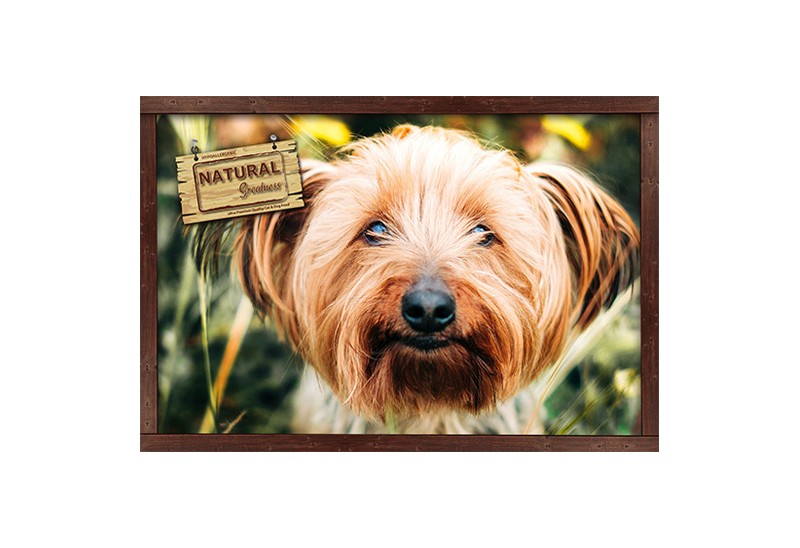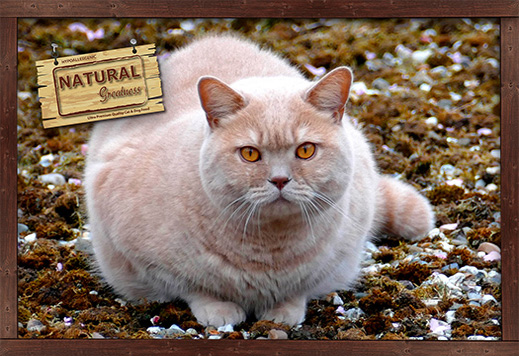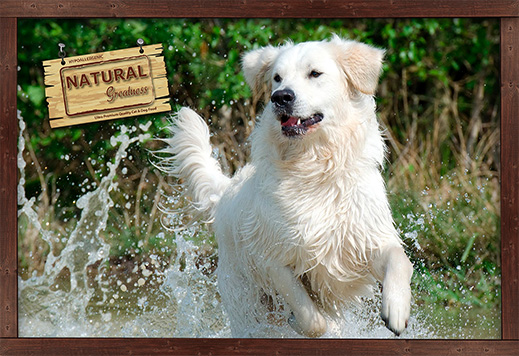Games to stimulate your cognitive memory
En el blog de hoy os hablaremos sobre dieta y sobre posibles alergias alimentarias que pueden sufrir tanto perros como gatos.

Today we will discuss a very interesting topic that some of you will have experienced first-hand with your pets: Food allergies in dogs and cats. In this article we will give you a complete definition of food allergies and how they affect our pet's body. Let's start!
Introduction to the term Allergy.
The word Allergy comes from the union of two Greek words: Alos, which means "different" or "strange" and Ergos which means "reaction." An allergy is, in short, a reaction of the immune system in which the body's natural defenses act in an excessive and extreme way to eliminate possible infections.
Normally, the immune system protects the pet's body from external viruses that may be harmful to its body. In an allergic reaction, an exaggerated reaction occurs when exposed to certain substances foreign to the body, which the body detects as threats.
Commonly, these are the most common reactions that cause allergies in dogs and cats:
- Rashes, edema or itching in certain areas.
- Constant sneezing.
- Digestive disorders such as vomiting, abdominal pain or diarrhea.
- Infections located in the extremities or ears.
Food allergies in dogs and cats
In the case of food allergies, these are the result of a hypersensitivity to certain components or ingredients of a food.
When a dog or cat eats something that their immune system cannot tolerate, a release of histamine occurs. At high levels it gives rise to the previously mentioned symptoms: itching, redness and general irritation of the skin or digestive problems (such as vomiting and diarrhea), among others.
The vast majority of food allergies occur due to the ingestion of certain proteins in the foods that pets consume.
Thus, when the pet's digestive system comes into contact with a protein to which it is allergic, this protein molecule comes into contact with two sensitized receptors existing on the surface of some cells in the body. As a result of this contact, histamines are released and, therefore, the allergic reaction is triggered.
Possible causes of the appearance of food allergies.
It should be noted that there are no races or sexes with a greater tendency to suffer from food allergies, and these can appear at any age.
Normally, the appearance of an allergy is related to the repeated intake of a specific food to which the dog or cat is intolerant for a period of time before the reaction occurs. A healthy pet develops an immunological tolerance to the components of the food. However, if the protective function of the intestinal mucosa is reduced, allergens can cross the intestinal barrier and cause an allergic reaction, where the immune system intervenes.
Today, there are two fundamental ways to treat food allergies: Allergic foods and hypoallergenic foods.
Allergic foods: Hydrolyzed proteins.
Allergic diets have appeared on the market claiming that, instead of limiting the number of ingredients and selecting a type of protein with high biological value, it is enough to use the hydrolyzate technique.
The hydrolysis process is an aggressive heat treatment that reduces the size of the allergy-causing protein molecules until they are, theoretically, too small to cause such reactions.

The level of hydrolysis determines the size of the resulting protein (which is measured in units called "daltons"), so, according to the promoters of this method, the more intense the hydrolysis and the lower the number of daltons of the resulting protein, the less allergy it will cause.
We leave you some information:
The protein molecules present in dog foods are usually about 12,000 daltons in size. It is known that proteins even 4,500 daltons can cause allergic reactions. It must be taken into account that the allergy is to the protein, not its size.
What is achieved by exposing proteins to a process as aggressive as hydrolysis is a drastic reduction in their quality, losing much of the nutritional value that they had at the beginning. In the long term, this can cause nutritional problems and even create new allergies.
Hypoallergenic Foods: Selected and controlled ingredients.
Hypoallergenic recipes are those that, due to the high biological value of their ingredients, have a lower capacity to cause allergies.
The objective of preparing this type of food is to provide the dog and cat with a nutritionally balanced diet in which the number of ingredients is limited and a type of protein is selected in order to be able to choose the food that our dog or cat does not like. causes allergies (salmon, lamb...)

Nutritionally balanced hypoallergenic diet.
At Natural Greatness we are committed to a natural and balanced diet for dogs and cats based on natural ingredients. We limit the number of ingredients and carefully select the type of proteins in each recipe.
We are committed to the inclusion of novel proteins (meat proteins that are not common in pet food) such as those from rabbit, kangaroo, reindeer or Angus beef. In this way, we do not need to subject our meats to the hydrolysis process, which would considerably reduce its quality and palatability.
In addition, Natural Greatness has the Sensible range of complete wet food for adult dogs, which consists of four monoprotein recipes: Lamb, Chicken, Turkey and Salmon, with 98% fresh meat. These diets can be used as an exclusion diet, facilitating the detection of food intolerances. They are recommended for dogs with intolerance to any other type of meat protein. Therefore, Natural Greatness hypoallergenic recipes are the most natural option to prevent food allergies in dogs and cats.
We do not hydrolyze the proteins in our recipes due to the drop in quality they experience after going through this aggressive process. Over time, it can negatively affect the pet's body. Our choice is to opt for a quality protein with natural ingredients with very low allergenic capacity. In addition to betting on recipes adapted for dogs and cats with these intolerances.
We hope that our article on “Food allergies in dogs and cats” has been interesting to you. We recommend that you consult with a veterinarian if your pet has an extreme allergy condition, since it must be a professional who determines a prescription diet that fits the diagnosis of your dog or cat. For more information, don't forget to follow us on social networks: Facebook, Twitter or Instagram.


